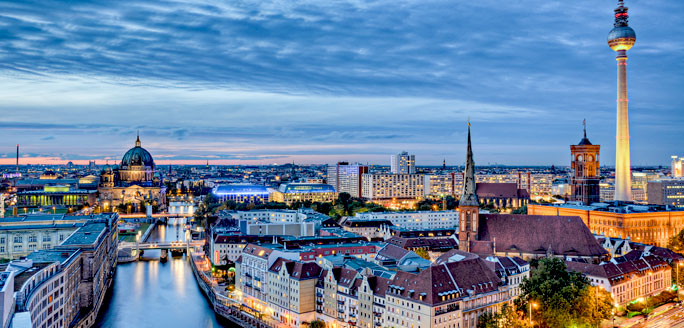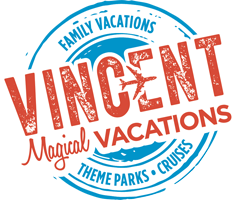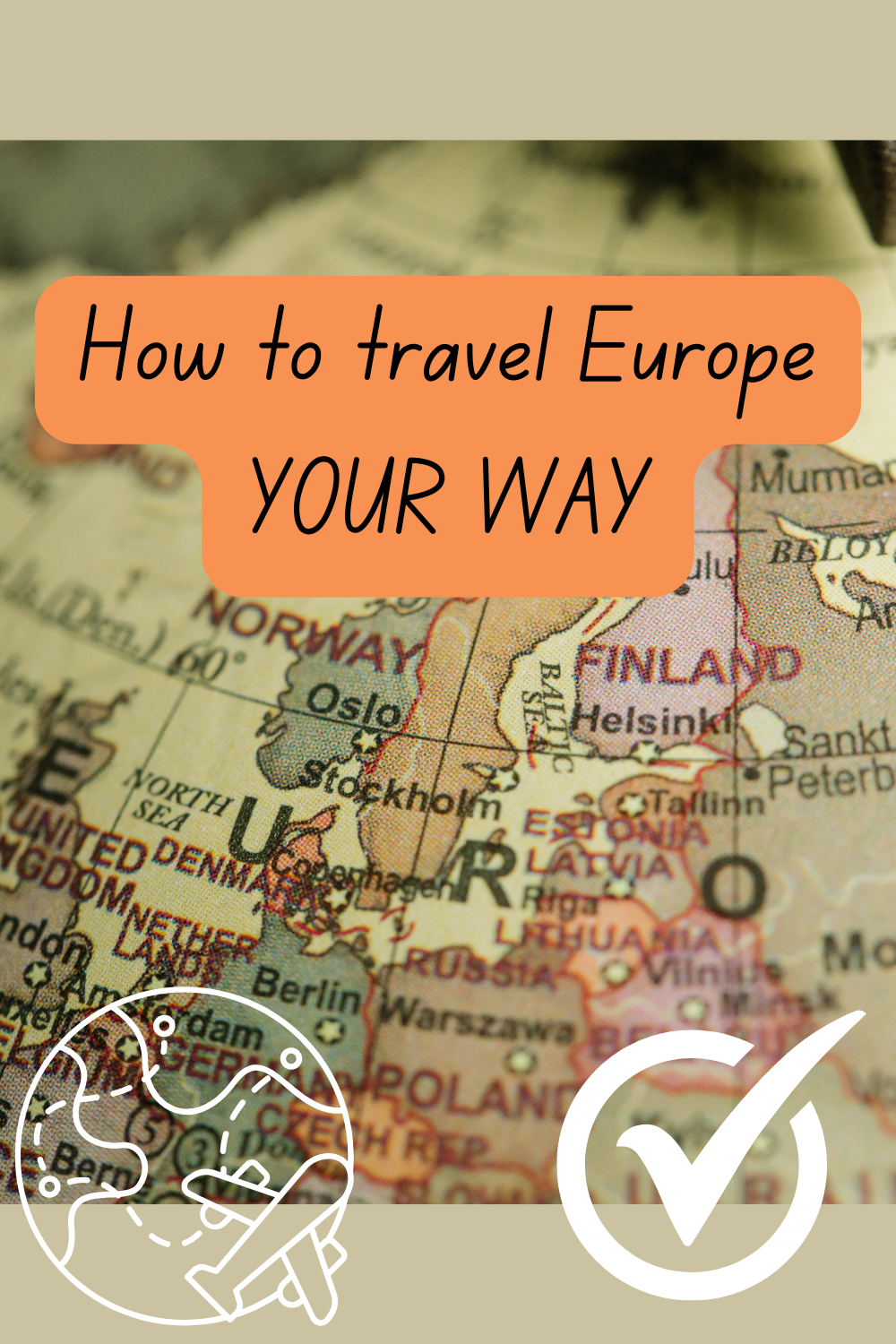We recognize that Disney vacations are not just an investment, but often the highlights of our lives, and we take that responsibility seriously. We want to ensure you have the best vacation experience.
Interested in a job in travel? Click here to learn: How to Become a Disney Travel Agent
Overview
Introduction

Since the fall of the Berlin Wall and the reunification of the city, Berlin, Germany, has restlessly reinvented itself as a political, business and entertainment center. But even before its roller-coaster ride through the 20th century, 19th-century author Karl Scheffler remarked that the city was constantly on the verge of becoming, never in a state of being. Thus, Berlin is often heralded as "the ever-changing city."
The glass dome of the Reichstag crowns the government quarter, with its straight band of office buildings and the sleek, curving glass hall of the Hauptbahnhof, the main train station. South of the Brandenburg Gate, a cluster of skyscrapers and an eye-catching tentlike structure, modeled after Japan's Mount Fuji, define the rebuilt Potsdamer Platz—a center of activity in the storied Berlin of the 1920s and a bustling development built next to the formerly divided city's no-man's land, which sat as an empty sandlot for many years.
A rediscovery of the waterfront is in full swing, as restaurants, nightclubs and cafes position themselves along the Spree River and the city's many canals. Architecture, much of it in glass and steel, is definitely the calling card of the New Berlin, but the city's many parks, canals and forest-rimmed lakes are still its loveliest real estate. One of Berlin's most visited attractions is the Jewish Museum, a massive architectural thunderbolt housing two millennia of German Jewish history.
The city is full of history and charm, but with a rebellious attitude. Generally less expensive than its European counterparts, Berlin is a lot more spacious, and its mix of cultural and countercultural extravaganzas is unrivaled. History, politics and social preferences collide there, which is precisely what gives Berlin its unique and diverse character.
Must See or Do
Sights—The Reichstag and its dome; Brandenburger Tor; Potsdamer Platz; Schloss Charlottenburg; remnants of the Wall; a day trip to Potsdam's Schloss Sanssouci; the city views from the Fernsehturm; Memorial to the Murdered Jews of Europe; Gendarmenmarkt; Flohmarkt am Mauerpark.
Museums—Art at the Gemaldegalerie (old masters), Alte Nationalgalerie (19th-century paintings and sculpture), and the Neue Nationalgalerie and Hamburger Bahnhof (modern and contemporary); the famous bust of Nefertiti at the Neues Museum; the thought-provoking exhibits at the Judisches Museum.
Memorable Meals—The highly acclaimed international fare at Fischers Fritz; Brandenburg duck or leg of lamb at Altes Zollhaus; Vietnamese food at Maison Umami; schnitzel, spaetzle and German potato salad at Speisehaus; Israeli specialties at Cafe Mugrabi; healthy vegetarian comfort food at New Deli Yoga; Japanese-style brunch and lunch plus photo opportunities galore in the beautiful House of Small Wonder.
Late Night—Cabaret or a revue show at the Wintergarten; an outdoor beer at Prater Garten; the infamous techno dance party at Berghain; a "walking beer" from a corner spati that you can quite literally drink on the streets of Berlin—or better yet, in a park.
Walks—Strolling down Unter den Linden; walking through the vast Tiergarten; shopping along Friedrichstrasse or Kurfurstendamm; along the shores of the Spree River behind the Reichstag.
Especially for Kids—A huge variety of animals, fish and reptiles at Zoologischer Garten and Aquarium in Berlin's west; lots of newborn animals at Tierpark Berlin-Friedrichsfelde in Berlin's east.
Geography
Berlin lies in northeastern Germany. The Spree River snakes through the city, and the Havel River runs near its western border. Forests and lakes are predominant features of the landscape, making up close to 25% of the city's total area.
The city is divided into 12 districts called bezirke. The oldest district is called Mitte, and it stretches from the Brandenburg Gate to Alexanderplatz. Unter den Linden, Friedrichstrasse, Museumsinsel and other historical sites are located there. Encircling Mitte, in clockwise fashion, are the districts of Friedrichshain-Kreuzberg, Neukolln, and Tempelhof-Schoneberg. Charlottenburg-Wilmersdorf, to the west of Mitte, is also considered part of central Berlin; while Lichtenberg, Marzahn-Hellersdorf, Pankow, Reinickendorf, Spandau, Steglitz-Zehlendorf and Treptow-Kopenick are further out from the city center but are still technically part of Berlin.
The city doesn't have just one center where its attractions and entertainment can be found. Breitscheidplatz, with the Memorial Church, is generally thought of as the main western center. The zoo and Zoologischer Garten station (referred to simply as Zoo), the boulevard Kurfurstendamm (often called Ku'damm) and the Europa Center are all nearby. Alexanderplatz (or simply Alex) in Berlin Mitte is an important transportation hub and the main eastern center. Potsdamer Platz, where the Wall once divided east and west, is the city's high-profile entertainment, retail and office center.
History
Berlin actually began as two trading settlements, Colln and Berlin, located on both sides of the Spree River, in the mid-1200s, though current archaeological findings date the city as far back as 1183. It took almost 500 years before the two towns were officially merged into one city, which retained the name Berlin. However, Berlin's rise to prominence began in the mid-1400s when Hohenzollern princes, the rulers of the Kingdom of Prussia (present-day Brandenburg), named it their official residence. Its importance and size grew, and in 1701, it became the Kingdom of Prussia's capital.
Prussia's power and Berlin's prestige grew significantly during the reign of Friedrich II (Frederick the Great) in the mid-1700s. Many of the prominent buildings on the eastern end of Unter den Linden were built during that time. Although Prussia gained much of its strength and prestige through military might, Berlin, meanwhile, became a center for the Enlightenment.
As citizens' movements swept Europe in 1848, a revolt by the middle class took place in Berlin in March of that year, but the monarchy was able to quash the uprising and hold on to power. In 1871, following Prussia's triumph in the Franco-Prussian war, the various German principalities united to form imperial Germany under the rule of the Prussian Kaiser Wilhelm I, who then ruled a unified nation. Spurred on by massive industrialization, Berlin went through one of its biggest boom periods. Its population and area doubled repeatedly, reaching 2 million around 1900, and 4 million by 1920.
The Weimar Republic was proclaimed after Germany's defeat in World War I. The war caused little physical damage to the city but left the whole country reeling. The new powers were unable to pay for reparations, and hyperinflation soon followed. Berlin saw dramatic political and social change, and there was much social disorder in the city, where followers of the left and right staged bloody battles in the streets. Despite the city's problems, the 1920s saw Berlin develop into a vibrant cultural and intellectual center where art, theater and the vaudevilles flourished. The era became known as the "Golden Twenties." However, the unstable Weimar Republic faltered with the depression as the stock market crash of 1929 left hundreds of thousands unemployed.
The brief period of democracy came to an end in 1933, when Hitler was named chancellor and granted emergency powers. He dismantled the republic, and the Nazi party established a dictatorship. Jews became the scapegoat of the economic and social ills. On the night of 9 November 1938, referred to as Kristallnacht or Night of Broken Glass, synagogues and other Jewish properties were burned.
Germany invaded Poland in 1939, setting off World War II. The mass deportation of Berlin's Jewish population began in October 1941, followed a few months later by the Wannsee conference, at which Nazi officials committed themselves to the "final solution" for Jews. This dark period of history, known as the Holocaust, led to the extermination of millions of Jews and other "enemies of the state."
By the end of World War II, one-third of Berlin's buildings had been destroyed, its overall population had decreased by more than 1 million, and its Jewish population had fallen by more than 150,000 as a result of emigration and extermination in death camps.
After World War II, Berlin was split into four occupation sectors divided among Great Britain, France, the U.S. and the Soviet Union. The Soviet Union blockaded the three western sectors for 11 months in 1948 and 1949, which sparked a massive airlift in by the Western powers. Stalin ruled East Germany until the German Democratic Republic was proclaimed October 1949. The three western sectors, although officially under occupation by the Western allies, became a city-state linked to the Federal Republic of Germany, which had its capital at Bonn. The Berlin Wall went up in August 1961 and sealed the division of the city into east and west—socialist and democratic, respectively—for three decades, during which thousands of East Germans attempted to escape to the west.
On 9 November 1989, the Wall surrounding the western sector was opened, setting the stage for the reunification of Germany on 3 October 1990. In June 1991, the united German Parliament voted to move itself and parts of the federal government from Bonn to Berlin, which occurred gradually through the end of the 1990s. Since the fall of the Wall and reunification, Berlin has experienced dramatic physical and social change as the reborn capital and cultural center of Germany.
Following reunification, the anticipated economic boom didn't happen quickly, and many company headquarters left the city. However, as former Mayor Klaus Wowereit famously stated in 2004, "Berlin is poor but sexy." This still rings true today. Although Berlin has become an international startup hub and houses many fledgling companies, it's still poor relative to the rest of Germany. What the city lacks in capital, it makes up for in cultural and educational charm.
The city is a magnet for young people, artists, intellectuals, students and musicians. With the arrival of a younger crowd, the old center Berlin Mitte (formerly in the eastern sector) is bursting at the seams with eccentric shopping havens and a glittering nightlife.
Potpourri
Geographically speaking, Berlin is in central Europe. As the crow flies, the German capital is closer to Warsaw than it is to either Paris or London. It's also closer to Prague than it is to Frankfurt or Munich.
Marlene Dietrich, Germany's most famous actress, is buried in the small cemetery Stubenrauchstrasse in Schoneberg's Friedenau quarter.
The hat Napoleon lost in the battle of Waterloo is on display in the Deutsches Historisches Museum.
The Hotel Adlon, located near the Brandenburg Gate and by Unter den Linden, is not only famous for its exorbitant prices, but also because it is where Michael Jackson's infamous baby-swinging incident took place.
Berlin is home to the largest department store in continental Europe, the Kaufhaus des Westens on Kurfurstendamm.
Because of its historic setting and affordable rates, Berlin has become a favorite Hollywood film location. Many celebrities, such as Brad Pitt and Angelina Jolie, have come to love the city's unconventional atmosphere. On any given day, you could easily bump into Jared Leto in a flea market or catch Will Smith at a red carpet premiere in Potsdamer Platz.
Berliners are famous for their honesty and quick wit. Germans lovingly call the straightforwardness trait Berliner schnauze (Berlin nozzle). Expect to hear an opinion, well-researched or not.
Berlin's different bezirke (districts) are often called kiez, a word that is derived from the Slavic word chyza, which means "hut." Berliners are very attached to the kiez they live in and stress the individual character of their districts.
Berlin has one of the most creative street art scenes in Europe. A great deal of grafitti, legal or not, sprayed on giant derelict walls in Friedrichshain or Kreuzberg have made it into coffee table books. Some artists' names to remember are Emess, Banksy, El Bocho, just, Blu, BOLK, Victor Ash, XOOOOX, Nomad and AliCe.
Location
The closest cruise port to the city of Berlin is the small seaside town of Warnemunde, situated at the mouth of the Warnow River on the Baltic Sea. The port is just less than three hours away from Berlin by train or bus. Warnemunde itself is a popular beach town and has a beautiful stretch of sandy beach, with lots of cafes and shops lining the beach promenade and canal, and a beautiful lighthouse at the end of the canal allowing views of the entire Warnemunde area.
Shore Excursions
A day trip to Berlin takes about five-and-a-half to six hours in total transportation time, and allows for about six hours touring of the city's main highlights. It is best to plan to take the Berlin shore excursion via the charter trains or coaches reserved by the cruise lines, as doing the excursion on your own will take more time and planning with rail connections.
Berlin is the primary shore excursion for Baltic cruises that stop at Warnemunde, but there are other possible attractions if you are docked for the day.
Alternatively, you can take a train to the quaint town of Sraslund, a UNESCO World Heritage site, or other nearby towns of Wismar or Luebeck, all of which are about 60-90 minutes away from Warnemunde. (You will have to change trains in Rostock.) The train station in Warnemunde is within easy walking distance from the main cruise terminal.





































